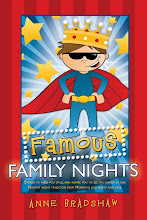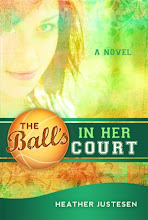A couple months ago, my son was taking a public speaking class, and one of his assignment was to give a speech using Monroe's Motivated Sequence. According to Wikipedia, the sequence is "a technique for organizing persuasive speeches that inspire people to take action. It was developed in the mid-1930s by John Monroe at Purdue University. It consists of these steps:
Attention: Get the attention of your audience using a detailed story, shocking example, dramatic statistic, quotations, etc.
Need: Show that the problem about which you are speaking exists, that it is significant, and that it won't go away by itself. Use statistics, examples, etc. Convince your audience that there is a need for action to be taken.
Satisfaction: You need to solve the issue. Provide specific and viable solutions that the government or communities can implement to solve the problem.
Visualization: Tell the audience what will happen if the solution is implemented or does not take place. Be visual and detailed.
Action: Tell the audience what action they can take personally to solve the problem.
Rebuttal: Inform the audience of arguments against your solution and provide reasons to maintain faith in your solution."
When I read through these techniques, I thought to myself, these would work great in non-fiction persuasive writing and can even work in fiction. For example, a novel beginning with some attention grabbing scene is far more likely to keep the audience wanting more than something boring, and there's usually some kind of a problem that needs resolution in a fiction work. The character actually goes through the rest of Monroe's Motivated Sequence in trying to solve the problem, visualizing (showing) how to solve it, taking action to solve the problem, and coming to a resolution even against the opposition.
Of course, there is a little more artistic license and flexibility in fiction versus non-fiction, but the idea is still there. And the desired result is still the same: convincing your audience to keep reading so that you can get published, and possibly make the New York Times Best Sellers List, because you were successful in persuading your publisher to publish the manuscript, and then used the info in marketing it. :)
Have a nice day!
Thursday, June 9, 2011
Persuasive Writing
Posted by Jillayne Clements at 8:55 AM
Subscribe to:
Post Comments (Atom)

















0 comments:
Post a Comment